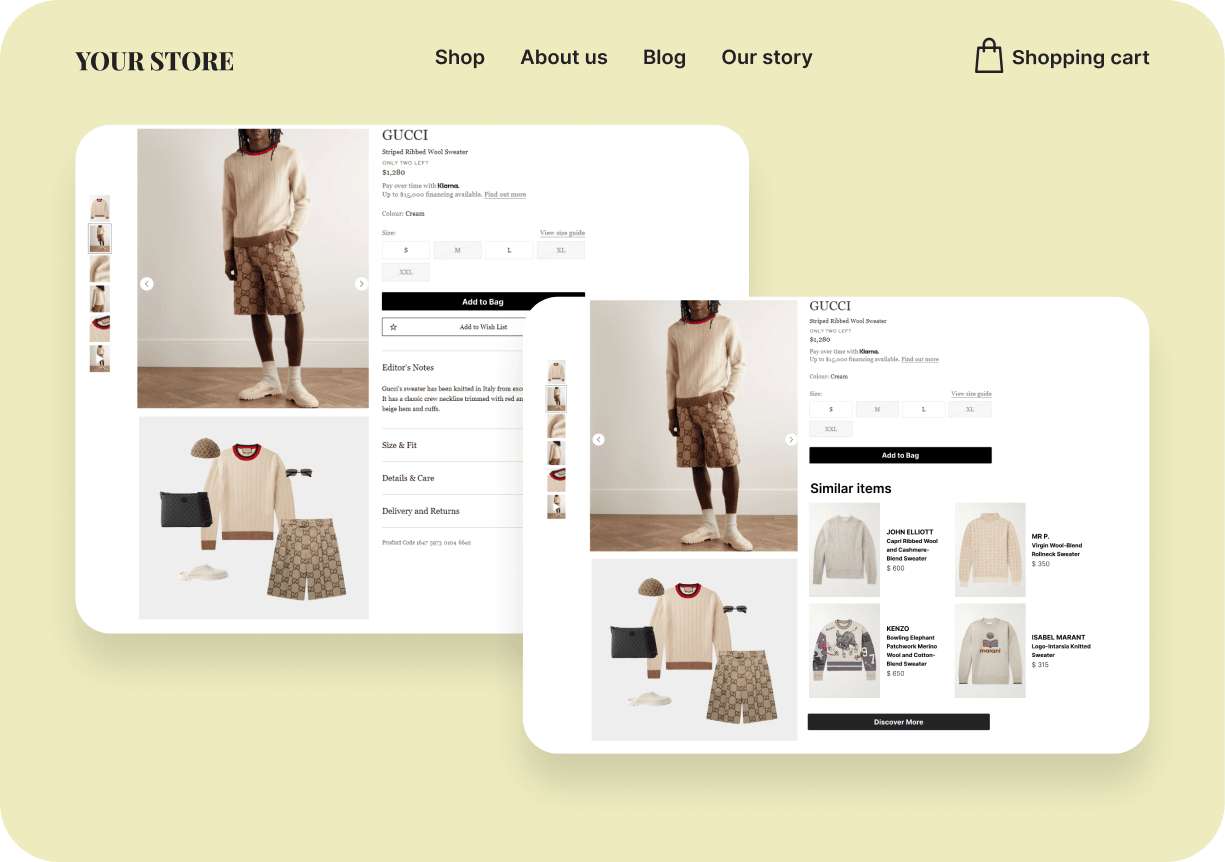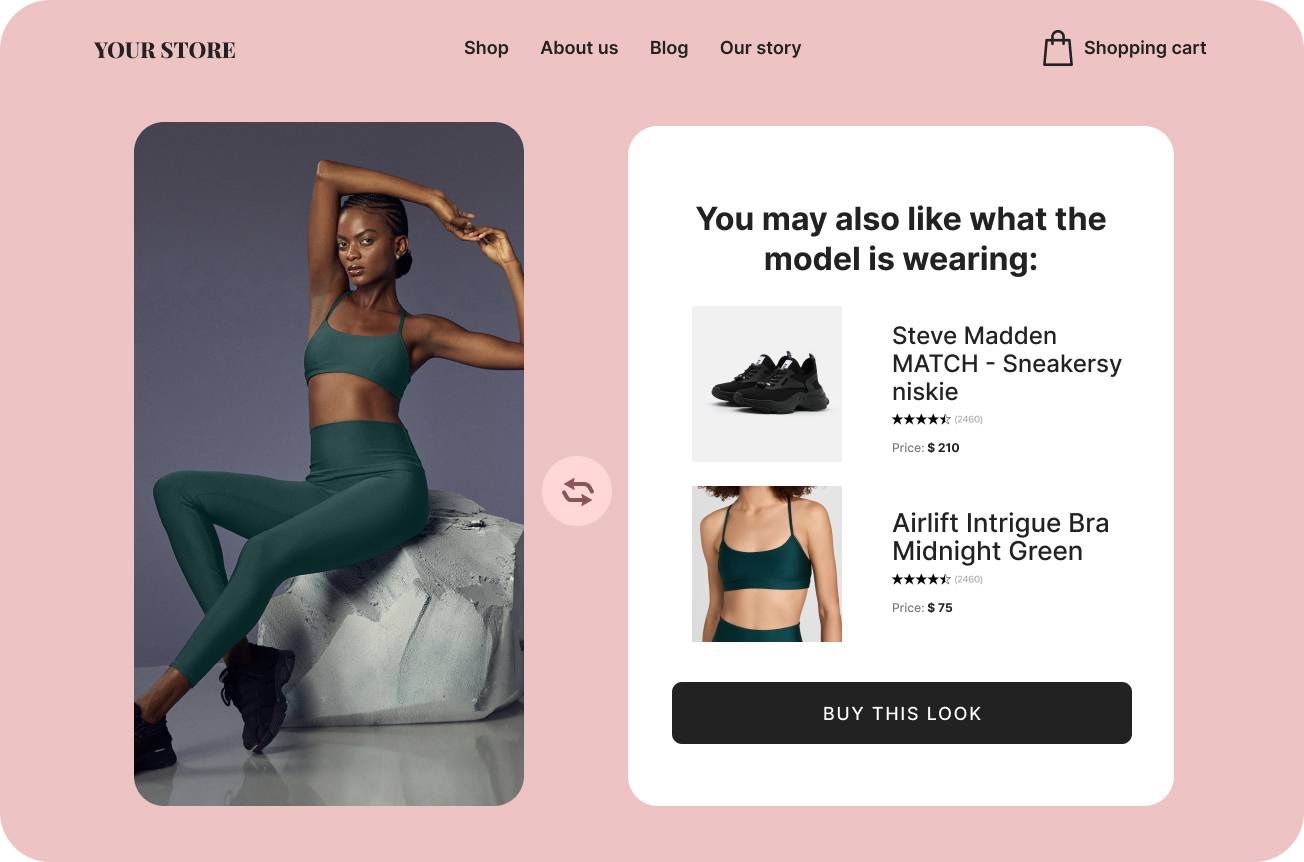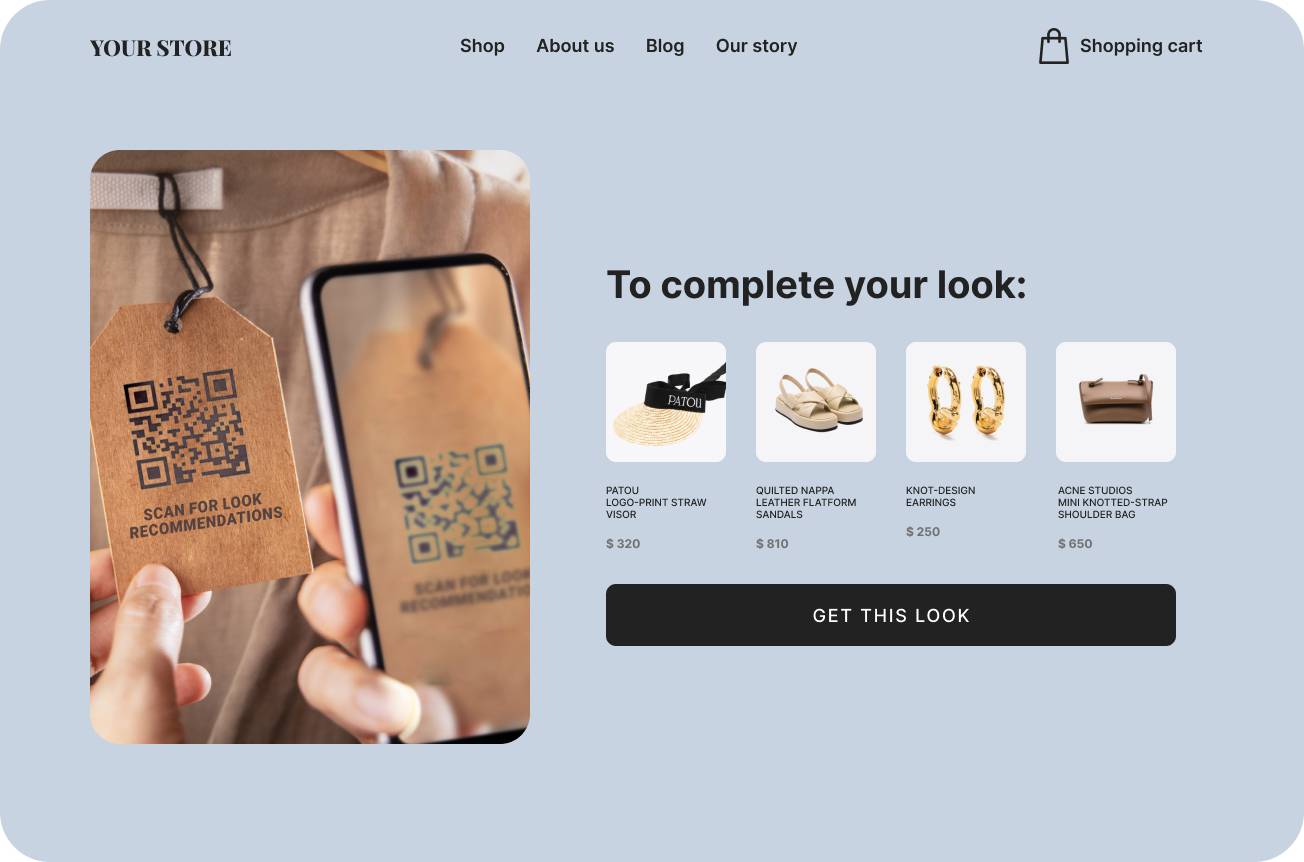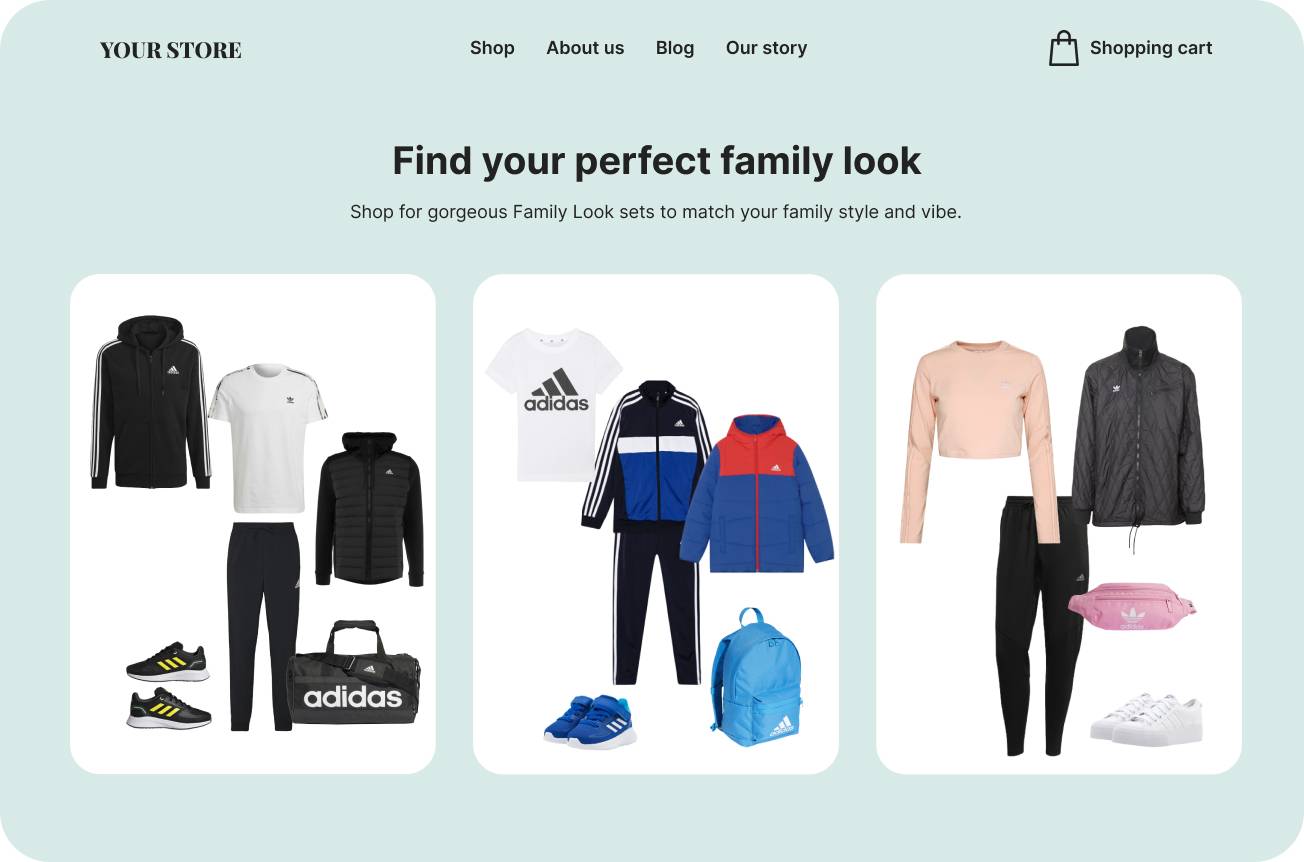Global e-commerce sales have been growing at an annual rate of 19.4% over the past five years, owing to the convenience of online shopping. Shoppers can browse whenever it suits them, compare prices across multiple retailers, and checkout without changing their pajamas. And yet, consumers are still opting to venture out to freshen up their closets, with 79% of apparel purchases still made in physical stores.
The (in)convenience of e-commerce
It’s understandable. The typical e-commerce experience leaves a lot to be desired, especially when shopping for clothing, footwear, and accessories.
Often online stores are little more than endless rows of products assigned to broad categories, which push consumers into time-consuming scrolling sessions in search of the few items that meet their needs and desires.
However, with just a couple of images and a few descriptive lines to go on, for 47% of young consumers, the most pressing issue is the inability to see products in person, which makes it difficult to determine whether items offer the quality they expect.
Then there’s the issue of size. Every brand fits differently and who has time to search through complicated and uninspiring size charts or buy, try, and inevitably return goods?
These issues all point toward a lack of clarity, which is fueling customer uncertainty. As a result, shoppers must spend hours searching through irrelevant items and researching those that catch their eye, only to ship them back anyway when the quality, look, or fit isn’t quite what they expect.
At best, this reduces the convenience of online shopping, which retailers pay the price for in fewer repeat purchases and high return rates. At worst, consumers face analysis paralysis and - overwhelmed by needless complexity - close their browsers without making a purchase, throw on some clothes, and hit the stores instead.
Tailoring the apparel e-commerce experience
The e-commerce experience has remained essentially unchanged for the past 15 years and, while it works, for the most part, the reality is that it falls short in the apparel space. Customers need more assistance when shopping for clothing online to feel confident that items meet their fit, style, and quality expectations — and the solution lies in innovation.
There’s no need for shoppers to scroll mindlessly through product catalogs when businesses have streamlined the customer journey using AI-based digital styling solutions.
Neither is there so much uncertainty over quality or fit when retailers enable shoppers to browse items that other customers have bought and loved effortlessly.
This is exactly what Garderobo.ai offers: A state of art recommendation service for fashion e-commerce that utilizes item-based and user-based methodologies to provide online shoppers with information, guidance, and clarity. Simplifying the fashion customer journey fills shoppers with the confidence to make a purchase (before they lose interest and leave empty-handed).
To overtake physical retail sales, apparel e-commerce doesn’t need a total makeover. It just needs a helping hand from technology. Analysis shows that fashion brands utilizing AI will see a 118% increase in cash flow by 2030, while those slow to implement digital innovations will see a 23% decline. Evidently, with e-commerce’s share of retail sales set to reach 24% by 2026, it will be those who invest in improving the online experience that consumers reward with their customs.











